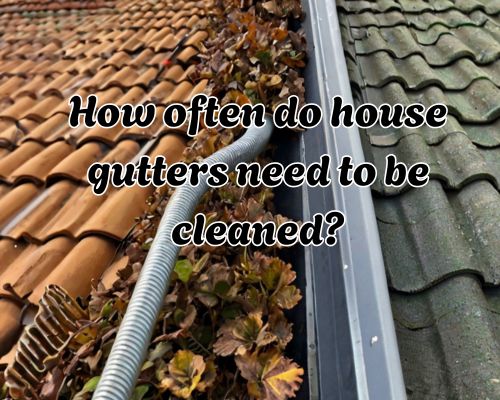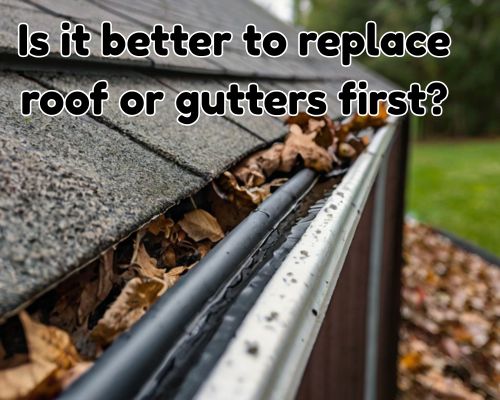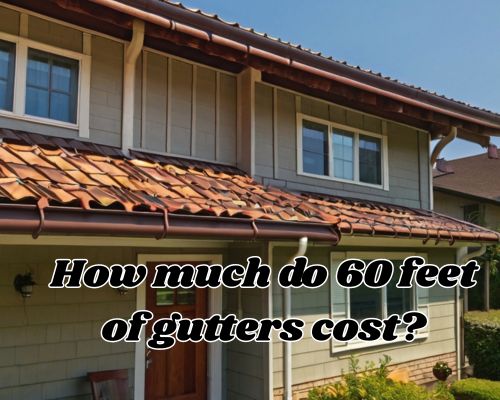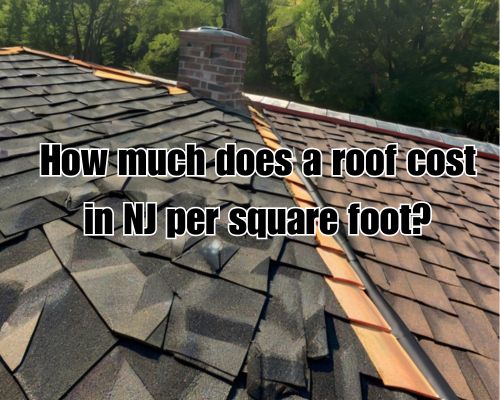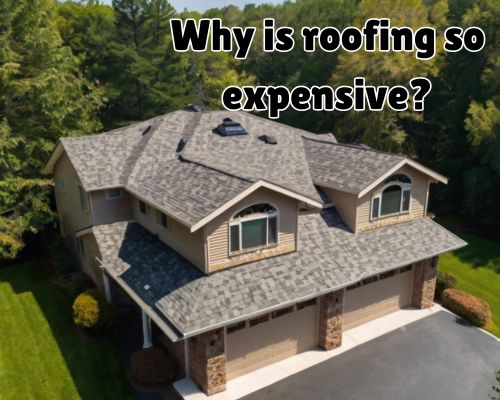Introduction: Pool cover safety is crucial for preventing accidents and protecting your loved ones around swimming pools. By following proper safety guidelines and taking necessary precautions, you can enjoy the benefits of a pool cover while minimizing potential risks.
Key Takeaways:
- Understand the importance of pool cover safety
- Learn about potential risks and hazards associated with pool covers
- Discover practical tips for ensuring pool cover safety
Pool covers offer numerous advantages, including energy efficiency, reduced maintenance, and extended pool life. However, it’s essential to prioritize safety measures to prevent accidents and ensure your family’s well-being. In this article, we’ll explore what pool cover safety entails and provide practical tips to help you maintain a secure swimming environment.

What is Pool Cover Safety?
Pool cover safety refers to the measures and precautions taken to mitigate the risks associated with pool covers. It involves adhering to safety standards, proper installation, regular maintenance, and implementing additional safety features to prevent accidents and injuries.
a. Importance of Pool Cover Safety
Ensuring pool cover safety is crucial for several reasons:
- Preventing Drowning Accidents: Improperly secured or damaged pool covers can pose a significant drowning hazard, especially for young children and pets. By implementing proper safety measures, you can minimize the risk of accidental submersion.
- Avoiding Injuries: Pool covers can become a potential hazard if not handled correctly. Proper safety protocols help prevent injuries caused by falls, entrapment, or contact with sharp edges or faulty mechanisms.
- Compliance with Regulations: Many areas have specific regulations and building codes related to pool cover safety. Adhering to these guidelines not only ensures compliance but also promotes a safer environment for everyone.
- Peace of Mind: By prioritizing pool cover safety, you can enjoy the benefits of your pool without constant worry or anxiety about potential accidents.
b. Potential Risks and Hazards
While pool covers offer numerous advantages, they can also present various risks and hazards if not properly maintained and used. Some potential risks include:
- Drowning Hazards: Standing water on top of the cover, tears, or gaps can create drowning hazards, especially for young children and pets who may attempt to walk or play on the cover.
- Entrapment Risks: Loose or damaged cover anchors, tracks, or mechanisms can lead to entrapment, posing a significant danger to individuals who may become trapped beneath the cover.
- Structural Integrity Issues: Worn or damaged components, such as anchors, tracks, or the cover material itself, can compromise the structural integrity of the cover, increasing the risk of accidents or injuries.
- Unauthorized Access: Unsecured or easily accessible pool covers can allow unauthorized entry, putting individuals at risk of potential accidents or drowning.
To address these risks and ensure pool cover safety, it’s essential to follow best practices, regularly inspect and maintain your pool cover, and implement additional safety measures as recommended by professionals an
Practical Tips for Pool Cover Safety
Here are some practical tips to help you maintain pool cover safety and protect your loved ones:
- Adhere to Safety Standards: Ensure your pool cover meets the ASTM F1346-91 safety standards, which outline specific requirements for pool cover design, construction, and performance to prevent accidental submersion.
- Install Proper Access Controls: For automatic covers, install a tamper-resistant key switch to prevent unauthorized access by children. For manual covers, securely lock them with dual-point locking systems that require simultaneous adult-strength pressure to release.
- Regular Inspections and Maintenance: Regularly inspect cover anchors, tracks, and mechanisms for any damage or wear. Replace worn parts immediately to maintain structural integrity. Keep the cover completely clear of standing water and debris, as even 1 inch of water poses drowning hazards.
- Weight-Bearing Considerations: Never allow children or pets to walk on solid covers unless they are specifically rated for weight-bearing use. Solid covers not designed for this purpose can collapse under excessive weight, leading to potential injuries or entrapment.
- Layered Safety Measures: Combine pool covers with additional safety measures, such as perimeter fencing, door alarms, and swim lessons for children, to create a comprehensive safety system.
- Automatic Cover Testing: If you have an automatic cover, test the sensors monthly by placing a weighted object (like a pool noodle) on the cover to verify that the automatic shutdown feature is functioning correctly.
- Repair Tears Promptly: Immediately repair any tears larger than 3 inches in the cover material. Small tears can rapidly expand under tension, compromising the cover’s integrity and creating potential hazards.
- Warning Signage: Post clear “NO ENTRY” warning signs near cover controls and along the pool perimeter to deter individuals from attempting to access the covered area.
- Professional Inspections: Schedule professional safety inspections annually to check motor function, latch integrity, and material degradation. Experienced technicians can identify potential issues and recommend necessary repairs or replacements.
- Education and Supervision: Educate family members, especially children, about the importance of pool cover safety and the risks associated with improper use or access. Always supervise children and pets around the pool area, even when the cover is in place.
By following these practical tips and prioritizing pool cover safety, you can enjoy the benefits of your pool cover while minimizing potential risks and ensuring a safe and secure swimming environment for your family.
Internal Links
- Swimming Pool Covers Near Me
- Swimming Pool Safety Cover
- Swimming Pool Covers for Sale
- Swimming Pool Winter Cover
- Swimming Pool Sump Cover
Conclusion
Pool cover safety is a crucial aspect of owning and maintaining a swimming pool. By understanding the importance of pool cover safety, potential risks and hazards, and implementing practical tips, you can create a secure environment for your family to enjoy the pool without compromising their well-being.
